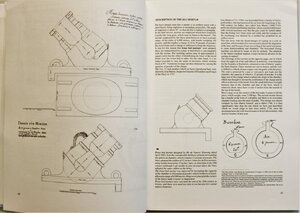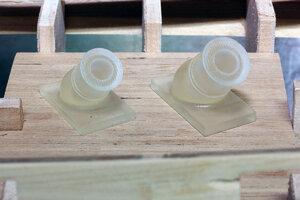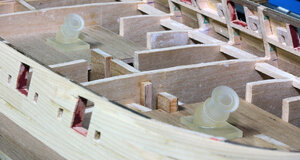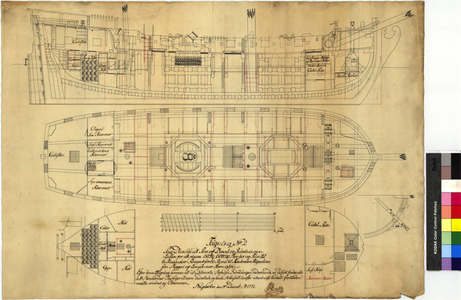I didn't take a lot of photos as I did this, it was all pretty straight forward. I finished the upper planking and then cut out the Gun Ports and sweep ports over the weekend.
I added framing up to the bow for the railing, before I sanded the upper plank down to rail level. I made the odd shaped framing from left over walnut from laser cut sheet waste from kits. In the photo below you can see the slight indentation by the upper portion of the stem. This matches the opposite side and came out very symmetrical. The upper rail is off of the template by about 1mm in the sharpest curving portion on each side, but the same on each side. I'll get a photo of that.
I drilled a .5mm hole from the back of the sweep ports, then used a square diamond covered file to open them up. This allowed me to adjust the alignment a bit as I worked. The framing on the end sweep ports was a little low, but I just did some extra filing on the top and didn't go all the way to the bottom. I'm very happy with the look.

Next thing I would like to do is plank the lower hull. However I'm going to wait a while on that because I ordered a thickness sander from Byrnes model Machines a week or so ago. When I get the planks cut on my table saw they're sill pretty rough. They looked pretty good but in this case required quite a lot of sanding after installation. More consistent planks will save me a bit of manual work. Got to wondering how much thicker I should cut the plank for sanding allowance?
Will probably start working on the sub-decks at this point.
I added framing up to the bow for the railing, before I sanded the upper plank down to rail level. I made the odd shaped framing from left over walnut from laser cut sheet waste from kits. In the photo below you can see the slight indentation by the upper portion of the stem. This matches the opposite side and came out very symmetrical. The upper rail is off of the template by about 1mm in the sharpest curving portion on each side, but the same on each side. I'll get a photo of that.
I drilled a .5mm hole from the back of the sweep ports, then used a square diamond covered file to open them up. This allowed me to adjust the alignment a bit as I worked. The framing on the end sweep ports was a little low, but I just did some extra filing on the top and didn't go all the way to the bottom. I'm very happy with the look.

Next thing I would like to do is plank the lower hull. However I'm going to wait a while on that because I ordered a thickness sander from Byrnes model Machines a week or so ago. When I get the planks cut on my table saw they're sill pretty rough. They looked pretty good but in this case required quite a lot of sanding after installation. More consistent planks will save me a bit of manual work. Got to wondering how much thicker I should cut the plank for sanding allowance?
Will probably start working on the sub-decks at this point.
Last edited:













































